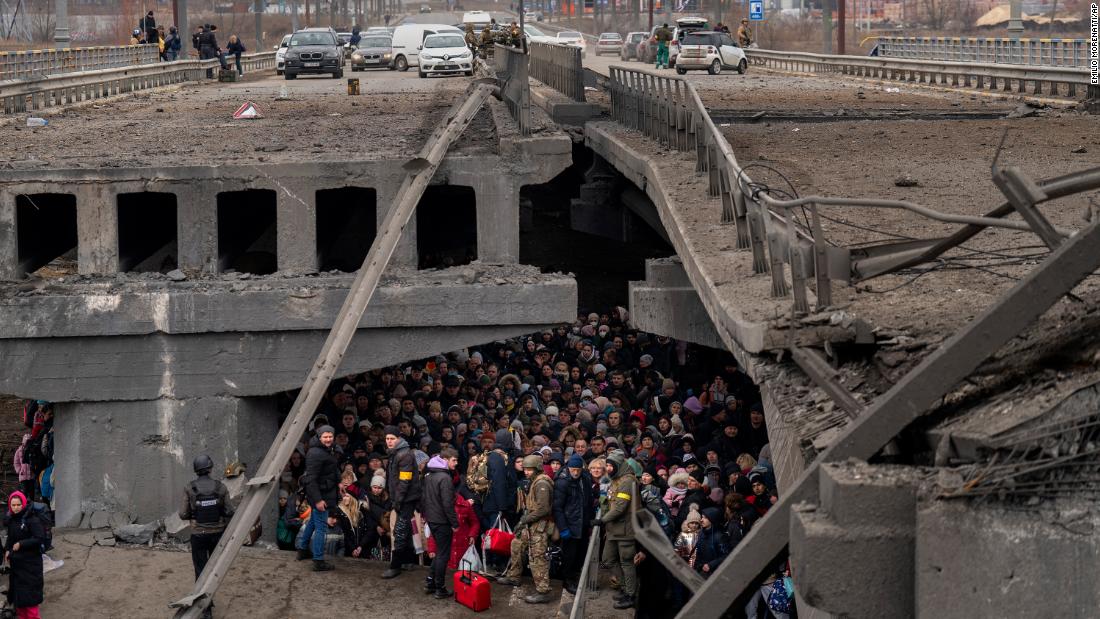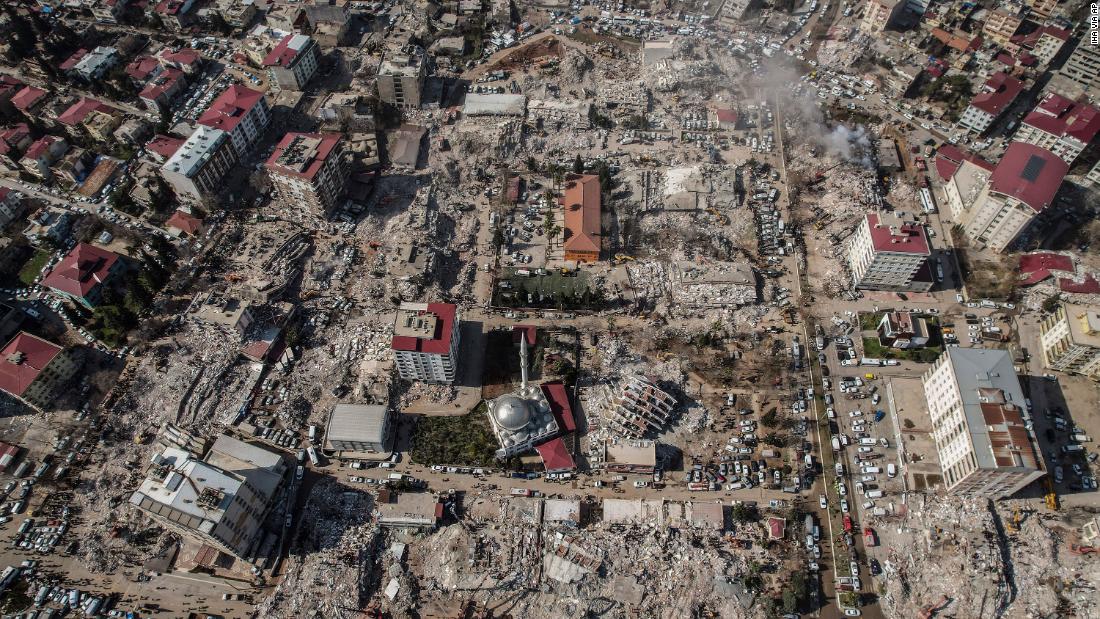Report Urges National ‘Bill of Rights’ for 911 Callers
A “blueprint for change” released Wednesday by the University of Chicago Health Lab says the country’s emergency response system is marred by racism and structural inequalities, and calls on the federal government to help shape a massive overhaul.


Illustration by scarysideofearth via Flickr.
When there’s an emergency, most Americans reach for their phones to call 911.
But despite overwhelming use nationwide—an estimated 240 million calls a year—the 911 system suffers from a lack of resources, faces a major staffing shortage, and is fundamentally misunderstood by most people—leaving it sometimes at a loss to meet public safety needs.
Transform911, an initiative by the University of Chicago Urban Health Lab, aims to change that.
On Wednesday, it released a policy “blueprint” with recommendations for transforming emergency response systems around the country, beginning with the establishment of a federal body to set and monitor standards at every step, from initial calls to response and case resolution.
One recommendation is the creation of a Callers’ Bill of Rights, which would be “modeled on the Patients’ Bill of Rights, but with greater attention to equity and prioritizing the experience of people and communities whose relationship with 911 has historically been least productive.”
The authors of the report say such an overhaul is long overdue for a system marred by structural deficiencies, a yawning quality gap between rural and urban areas, and racism.
“The lack of common minimum standards for workforce training and support, data collection and reporting, and technology interoperability, combined with the lack of federal funding to address these challenges, means that while the emergency number people call is constant, the response’s appropriateness is highly variable,” the report said.
“This inequity in system responses almost universally disadvantages those in small, poor or otherwise marginalized communities, and it undermines public safety and public health.”
The project’s blueprint for improving 911 was developed and drafted over the course of eight months with the help of over 100 experts from varied background and states across the country.
They served on six workgroups: Career and Supports, Alternative First Responders, 911 Hotline Alternatives, Emergency Communication Center Operations, 911 Governance, and 911 Technology and Infrastructure.
Workgroups also reached out to stakeholders and critics to shape their recommendations.
A centerpiece of 911 reform is rethinking the role played by police in emergency responses.

S. Rebecca Neusteter
“Research shows that most 911 calls are not related to a crime in progress, yet often still elicit a police response.” S. Rebecca Neusteter, Principal Investigator of Transform911 and Executive Director at the University of Chicago Health Lab, wrote in an essay for The Crime Report earlier this year.
“This results in police spending much of their time responding to low-level or non-criminal incidents that do not amount to public safety or health emergencies.”
The report highlights the killings of Tamir Rice, Elijah McClain, and George Floyd following problematic 911 calls and dispatches.
“Each case,” the report argues, “illuminates a different challenge —and opportunity—facing 911.”
In the case of George Floyd, where 911 was called in response to the flagging of a counterfeit bill and escalated to Floyd’s murder by former Minneapolis Police Officer Derek Chauvin,
 Transform911 notes that the 911 dispatcher involved called a supervisor during the incident and reported that she believed the officers were not following policy while using force on Floyd and had not contacted a sergeant.
Transform911 notes that the 911 dispatcher involved called a supervisor during the incident and reported that she believed the officers were not following policy while using force on Floyd and had not contacted a sergeant.
According to the report, in many cases 911 dispatchers are unequipped and not empowered to intervene when calls are handled inappropriately—or dangerously—after dispatch.
Transform911 confronts many of those shortcomings in its report, and acknowledges the fear or reluctance many Americans feel to use 911 when in crisis.
To correct damaged trust in the system and its relationship with law enforcement and other public safety systems, blueprint authors argue that uniform reforms need to be adopted across the emergency response landscape.
Chief among the blueprint’s recommendations is removing 911 Emergency Communication Centers that are subset within Police or Fire Departments and establishing them as equal public safety agencies.
“An experienced emergency communications professional should be in an equal position to fully inform elected officials, governing bodies, and the public without fear of recourse or concerns about being minimized or questioned by other public safety agencies,” the report authors write.
The reform blueprint was released in conjunction with a a public event held virtually and in person in New Orleans with the Orleans Parish Communications District Emergency Communications Center, highlighting case studies for early implementations of some of the report’s recommendations.
The report listed seven key goals for transforming 911 systems:
-
- (Re)introducing 911 by communicating how the system works;
- Putting the People in 911 by bringing in community partnerships;
- Advancing the Workforce to combat staffing shortages and support workers;
- Making 911 Independent and Equal by separating and empowering Emergency Communications Centers from other public safety departments and setting them on equal footing;
- Ensuring the Right Response at the Right Time by establishing avenues of response for different emergencies that doesn’t call on police by default;
- Strengthening Data and Tech Standards by establishing uniform and ethical data and technology policies across 911 systems; and,
- Securing National-Level Support by reinforcing 911 implementation and funding on the federal level.
According to Transform911, implementation of the blueprint would represent the most significant overhaul of the nation’s 911 system ever.
In its call for federal support, Transform911 called on the president to create a 911 center, National Academy of Sciences panel, and an interagency task force by December 2022 to tackle building a permanent federal home for 911 operations and leadership.
The blueprint does not call for a federalization of 911, but a formalized federal system of support to help connect the nation’s patchwork of locally operated centers spread across agencies at the local, state and federal levels.
In July, the new 988 suicide prevention and mental health crisis hotline will start its national launch; Transform911 report authors say the same recommendations should be applied to this new system as well as to any future implementations of next generation 911 (NG911) systems that incorporate text, photos, chats and other communication methods.
The Transform911 project is led by the Health Lab at University of Chicago Urban Labs, part of the University of Chicago Harris School of Public Policy.
Each of Transform911’s seven points includes a set of recommendations for agencies to implement. The full blueprint report can be downloaded here.
Audrey Nielsen is a TCR Justice Reporting intern.

 Landwebs
Landwebs 























